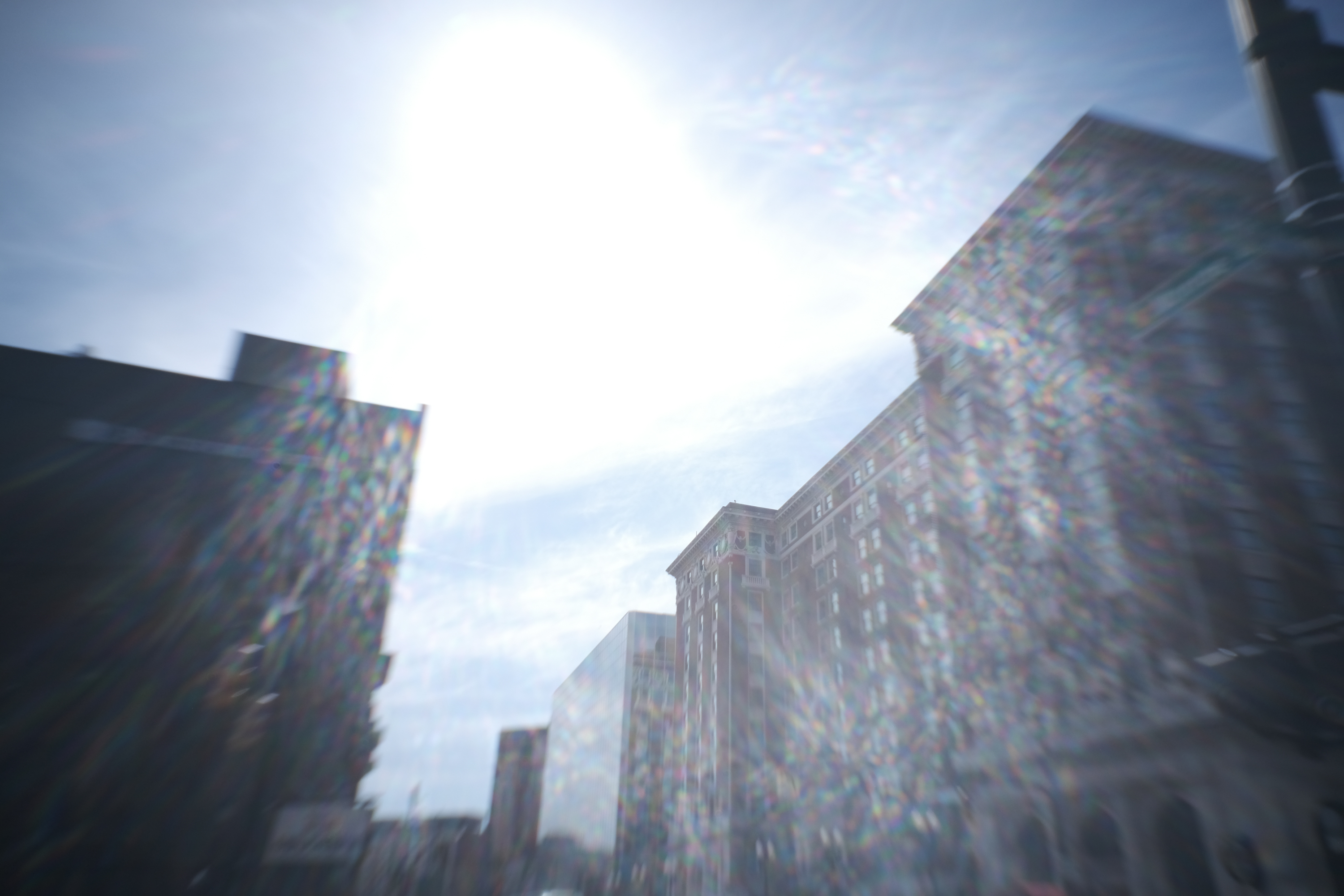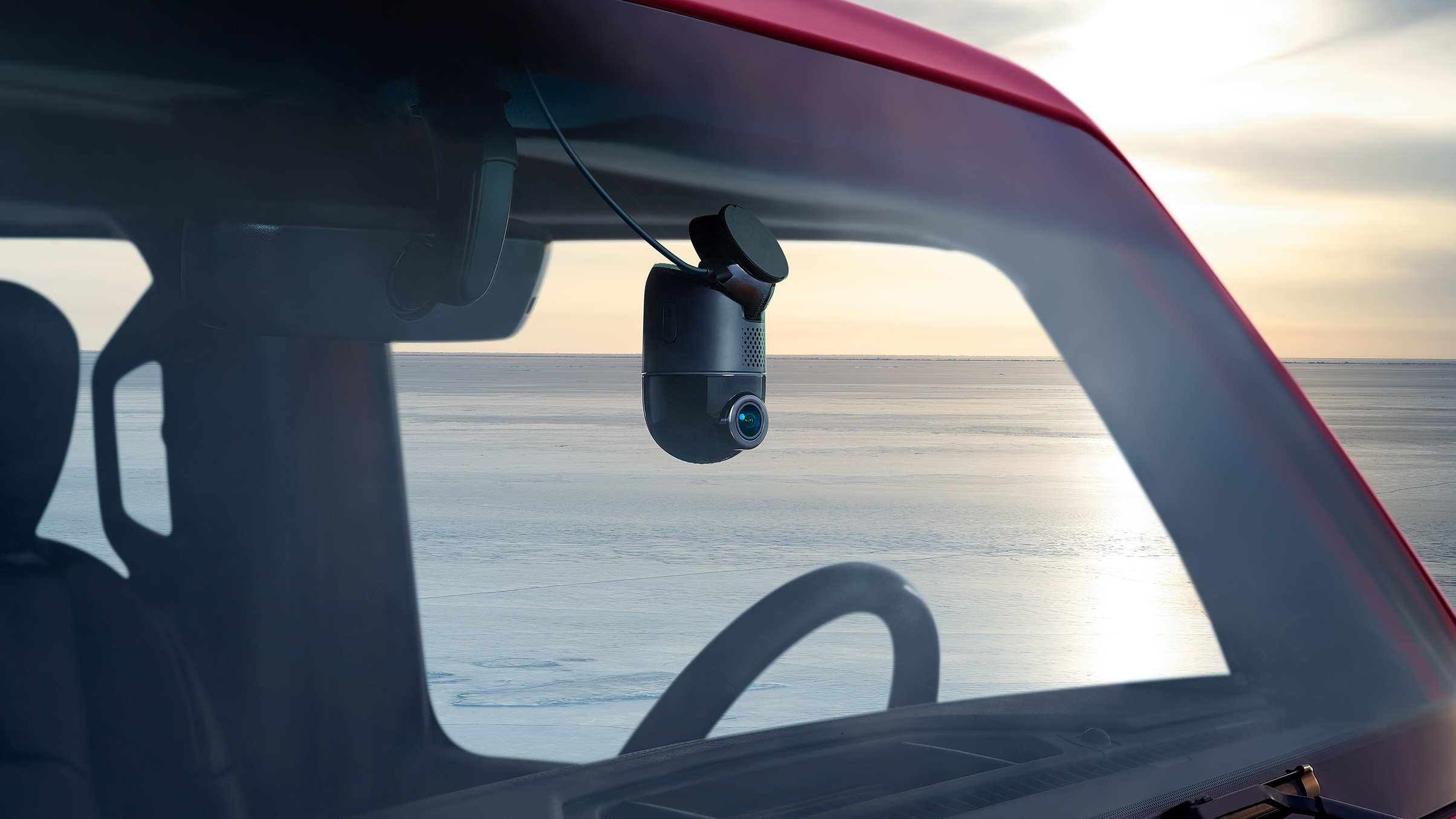Digital cameras that look like film cameras are trendy, but the secret to that retro look may actually be the lens
As a photographer that shoots both film and digital, I think the trick to retro images may actually be in the lens

Ever since I first developed film shot on an old 1970s SLR, I’ve been looking for a way to make my digital images look more like film. But as I continued experimenting with both film and digital, I realized I was missing a key part of the equation. Digital cameras that look like film are only half of the equation – because the lens matters too.
Some of the most popular cameras in 2025 are those that arguably try to look more film-like, a trend that crosses both the high-end market and budget choices. The Fujifilm X100VI, Nikon Zf, and OM System OM-3 are increasingly popular cameras that embody a retro look. But, there are budget choices too, like the Camp Snap that resembles a disposable film camera, despite being digital, or the Instax Mini Evo, a digital-film hybrid that spits out instant film prints.
But the more I search for a digital camera that looks like film, the more I realize that the lens matters just as much as the camera. When I think of film photos, I think of retro colors, film grain, and imperfect images. Some of those qualities come from the camera, like the grain that comes from shooting at high ISOs, but some come from the lens.
Film-like colors, for example, are made in part from the camera body and in part from the lens. The camera body controls the digital film simulation and the different options the photographer has to choose from. Fujifilm cameras, for example, are known for color profiles based on film. I can easily switch from an Astia color film simulation to black and white on my Fujifilm mirrorless camera.
But the lens plays a role in color as well. Different lens coatings can prevent color casts and create a more vibrant image. Lens flare, which the design of the lens itself can encourage or dissuade, can also introduce color casts or wash out colors. Modern lenses tend to try to eliminate flares, but I think a good flare is key to a dreamy retro look.

But the feature that I associate most with film photography is imperfection, and that, too, can be in part from the camera lens. Camera lenses are becoming increasingly sharp to match camera bodies with high resolution. But the photos that I take with my Pentax K-1000 are far from perfect – they’re softer and less detailed, a quality that makes them feel more dreamlike instead.
The lens’ role in that dream-like film look is actually good news for photographers, who may be able to embrace that retro look with a retro lens or even a filter rather than investing in an entirely new camera. Many vintage lenses can work with an adapter to fit on a mirrorless camera, delivering all the softness and dust spots of an old lens to a digital camera.
Get the Digital Camera World Newsletter
The best camera deals, reviews, product advice, and unmissable photography news, direct to your inbox!
But buying vintage lenses isn’t he only way to get the retro look. PolarPro LightLeak lenses are cheap fixed-focus lenses that have an unusual window that allows digital photographers to replicate the look of a light leak. Even without opening that window, the LightLeak’s lenses are intentionally soft. Lomography’s remade Pretzval lens is another vintage-inspired choice that mounts directly on modern mirrorless cameras, while LensBaby’s unusual lenses are another choice for an imperfect but charming optic.
But if buying new gear to get an old look seems counterintuitive, well, there are other options as well. A diffusion filter will soften the sharpness of a modern lens for a more retro look. Diffusion filters will also create soft blooms of light when directed at a light source. I just tried out diffusion filters from Tiffen Glimmerglass and PolarPro Gold Mist, and I created far more film-like images than when shooting without a filter. The experience is making me long to see what else I can do with filters – perhaps my next filter purchase should be an anamorphic streak filter.
My journey to create film-like images on a digital camera isn’t over – I’m continuing to experiment with ways to get a dreamy film feel without the cost of developing film. As a photographer who has shot both film and digital, I don’t think I’ll ever be able to fully replicate the film experience on a digital camera. But, I think there are ways to get closer – and that involves not just looking for a retro camera but the right lens, too. I’m still shooting both film and digital, but with the high cost of developing film, I’m going to continue to look for ways to put that dream-like feeling into my digital images.
Is the camera important to getting that film-like look? Absolutely. But photographers need to be careful not to forget that the lens is a key part of the equation too. The beauty of aiming for a film-like look is that you don’t need a brand new high-megapixel camera to do that. You probably shouldn’t buy the best high-resolution camera for a film-like look, because you’ll spend far too much money and get a camera that’s far too technically perfect. After all, the beauty of film is in its imperfections.
You may also like
Still need a camera body that takes film-like images? The cameras on this list of the best retro cameras are your best bet. Or, browse for a real film camera.

With more than a decade of experience reviewing and writing about cameras and technology, Hillary K. Grigonis leads the US coverage for Digital Camera World. Her work has appeared in Business Insider, Digital Trends, Pocket-lint, Rangefinder, The Phoblographer and more.
You must confirm your public display name before commenting
Please logout and then login again, you will then be prompted to enter your display name.
